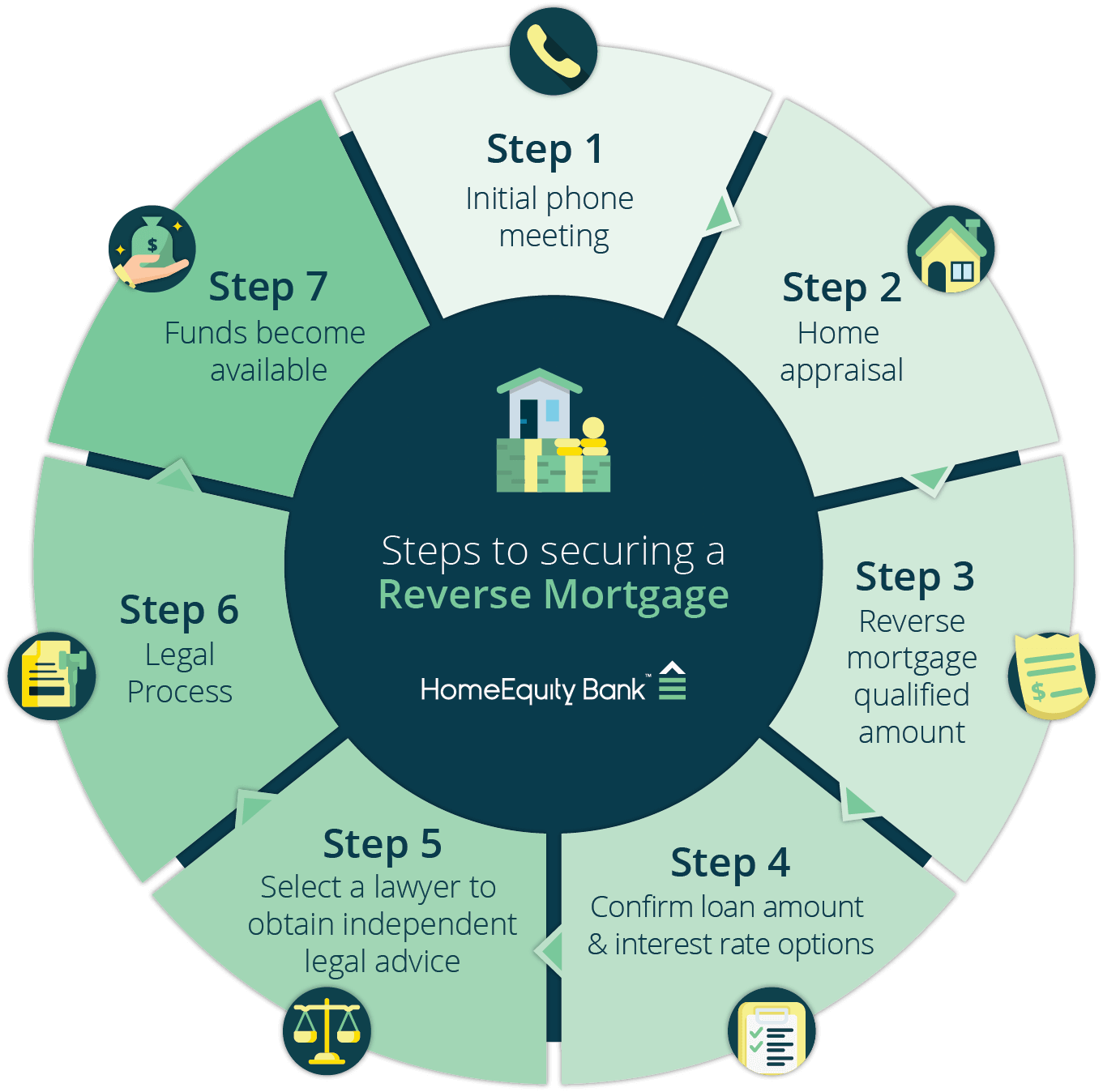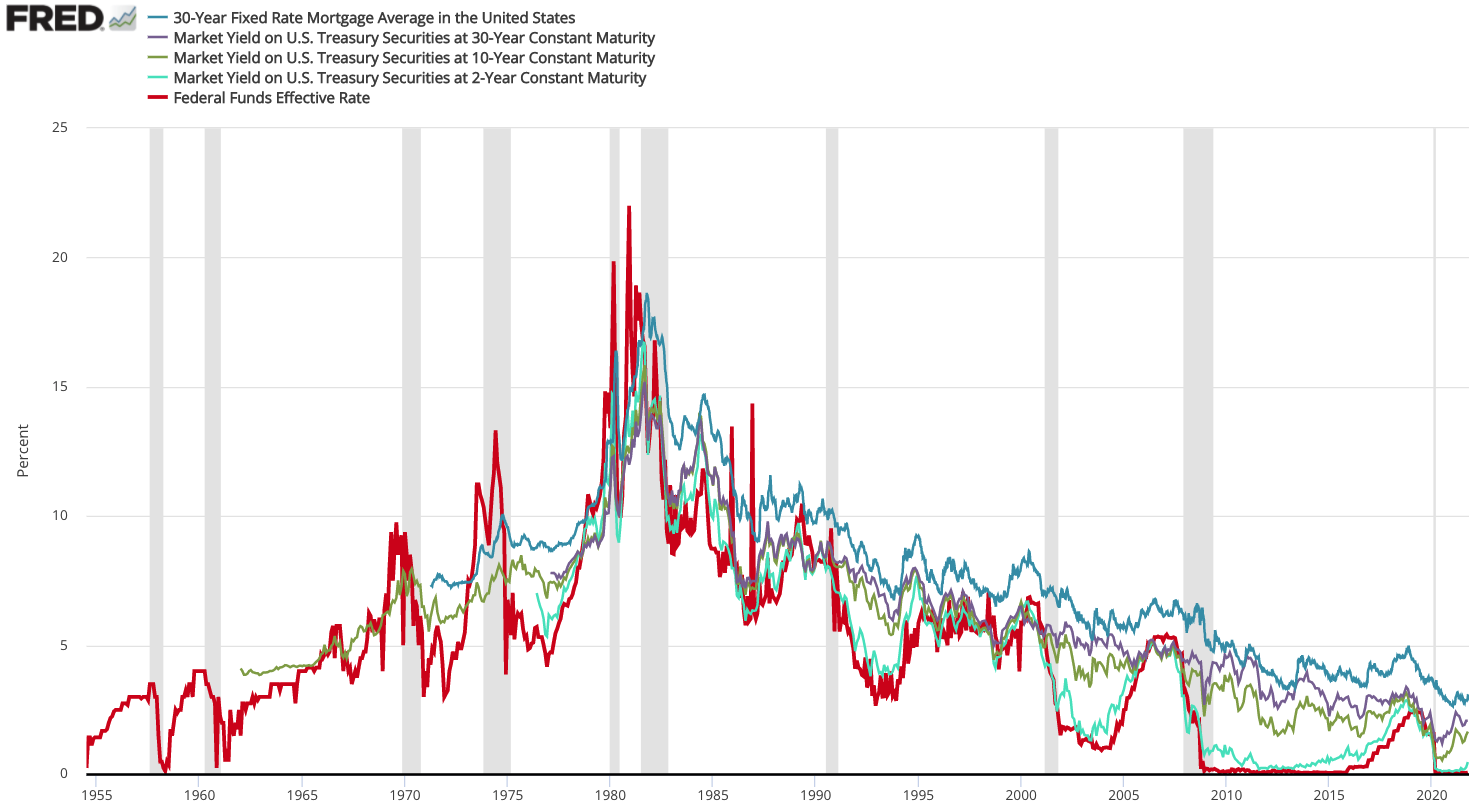Satisfactory credit - All real estate and installment financial obligation payments need to have been made on time in the last 12 months; there are no more than 2 30-day late mortgage or installation payments in the previous 24 months, and there is no significant bad credit on revolving accounts in the last 12 months.
If no extenuating situations can be recorded, the borrower may not qualify at all or the loan provider might require a large quantity of the principal limitation (if offered) to be taken into a Life Expectancy Set Aside (LESA) for the payment of home charges (real estate tax, property owners insurance, and so on).
The fixed-rate program includes the security of a rate of interest that does not alter for the life of the reverse home loan, but the interest rate is normally higher at the start of the loan than an equivalent adjustable-rate HECM. Adjustable-rate reverse home loans typically have rate of interest that can alter on a month-to-month or yearly basis within certain limitations.
The preliminary interest rate, or IIR, is the real note rate at which interest accrues on the impressive loan balance on a yearly basis. For fixed-rate reverse mortgages, the IIR can never alter. For adjustable-rate reverse home mortgages, the IIR can alter with program limitations up to a life time rates of interest cap.
The EIR is frequently various from the real note rate, or IIR. The EIR does not figure out the quantity of interest that accrues on the loan balance (the IIR does that). The overall pool of money that a borrower can get from a HECM reverse home mortgage is called the principal limitation (PL), which is determined based on the optimum claim quantity (MCA), the age of the youngest debtor, the anticipated interest rate (EIR), and a table to PL elements released by HUD.
Some Known Incorrect Statements About What Is The Current Index For Adjustable Rate Mortgages
The majority of PLs are generally in the variety of 50% to 60% of the MCA, but they can often be greater or lower. The table below offers examples of principal limits for Continue reading various ages and EIRs and a https://blogfreely.net/repriafj7c/a-loan-recast-to-decrease-your-mortgage-payment-with-no-in-advance-costs property value of $250,000. Borrower's age at origination Anticipated rate of interest (EIR) Principal limit element (since Aug.
5% 0. 478 $119,500 65 7. 0% 0. 332 $83,000 75 5. 5% 0. 553 $138,250 75 7. 0% 0. 410 $102,500 85 5. 5% 0. 644 $161,000 85 7. 0% 0. 513 $128,250 The primary limit tends to increase with age and reduce as the EIR increases. Simply put, older debtors tend to receive more money than more youthful customers, but the overall quantity of money readily available under the HECM program tends to decrease how to buy a timeshare for all ages as rate of interest increase.
Any extra earnings offered can be distributed to the borrower in numerous methods, which will be detailed next. The cash from a reverse mortgage can be distributed in four methods, based upon the debtor's monetary requirements and goals: Lump sum in money at settlement Monthly payment (loan advance) for a set number of years (term) or life (tenure) Line of credit (similar to a house equity credit line) Some combination of the above Note that the adjustable-rate HECM provides all of the above payment options, however the fixed-rate HECM only offers lump amount.
This indicates that debtors who go with a HECM line of credit can potentially access to more cash in time than what they initially got approved for at origination. The line of credit growth rate is figured out by adding 1. 25% to the initial rates of interest (IIR), which implies the line of credit will grow quicker if the interest rate on the loan boosts.
Due to the fact that lots of customers were taking full draw lump amounts (often at the encouragement of loan providers) at closing and burning through the cash quickly, HUD looked for to safeguard customers and the viability of the HECM program by limiting the quantity of proceeds that can be accessed within the very first 12 months of the loan.
How Do Mortgages Work In The Us Things To Know Before You Get This
Any staying readily available profits can be accessed after 12 months. If the total mandatory commitments surpass 60% of the principal limitation, then the borrower can draw an extra 10% of the primary limitation if available. The Real Estate and Economic Healing Act of 2008 offered HECM mortgagors with the chance to acquire a new principal residence with HECM loan continues the so-called HECM for Purchase program, reliable January 2009.
The program was created to enable the elderly to purchase a new principal home and acquire a reverse home mortgage within a single deal by eliminating the need for a 2nd closing. Texas was the last state to enable reverse home loans for purchase. Reverse home loans are regularly slammed over the problem of closing costs, which can in some cases be pricey.
Thinking about the restrictions enforced upon HECM loans, they are similar to their "Forward" contemporaries in general expenses. what is the interest rates on mortgages. The following are the most common closing expenses paid at closing to obtain a reverse mortgage: Counseling charge: The primary step to get a reverse home loan is to go through a counseling session with a HUD-approved therapist.

Origination charge: This is charged by the loan provider to organize the reverse home mortgage. Origination fees can vary widely from loan provider to lending institution and can vary from nothing to an optimum of $6,000. Third-party charges: These costs are for third-party services employed to complete the reverse mortgage, such as appraisal, title insurance coverage, escrow, federal government recording, tax stamps (where suitable), credit reports, etc.
The IMIP protects loan providers by making them whole if the house costs the time of loan repayment for less than what is owed on the reverse home loan. This secures debtors as well due to the fact that it indicates they will never owe more than their home deserves. Since 1/2019, the IMIP is now 2% of the max claim quantity (Either the assessed value of the house up to a maximum of $726,535) The yearly MIP (home mortgage insurance coverage premium) is.
The Greatest Guide To What Are The Different Types Of Home Mortgages

The huge bulk of closing costs normally can be rolled into the new loan amount (other than in the case of HECM for purchase, where they're consisted of in the down payment), so they don't require to be paid out of pocket by the debtor. The only exceptions to this guideline might be the therapy cost, appraisal, and any repairs that might need to be done to the house to make it totally compliant with the FHA guidelines before finishing the reverse home mortgage.
These documents can be used to compare loan offers from different lending institutions. There are 2 ongoing costs that may apply to a reverse home loan: yearly mortgage insurance coverage and maintenance costs. The IMIP,( on time Preliminary Mortgage Insurance coverage Premium) of 2% of the assessed value is charged at closing. The IMIP is the largest expense associated with an FHA HECM or Reverse Home Mortgage.
The yearly mortgage insurance coverage is charged by FHA to insure the loan and accumulates every year at a rate of. 50% of the loan balance. Yearly home loan insurance coverage does not need to be paid out of pocket by the debtor; it can be allowed to accumulate onto the loan balance gradually.